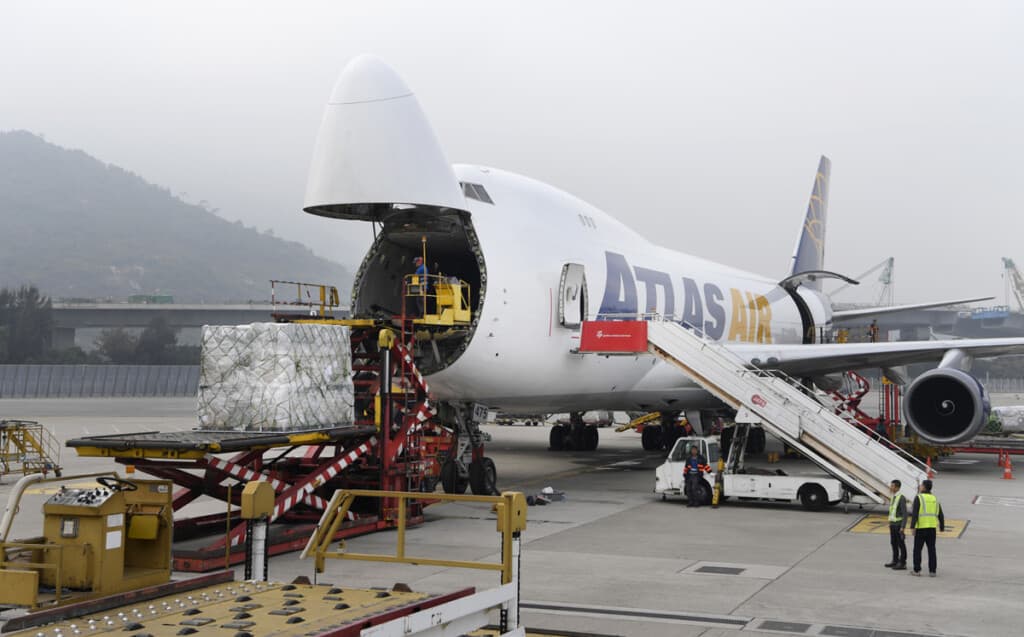Airlines Navigate Growth, Capacity Strains and SAF Push in Turbulent Week
FlightGlobal’s weekly digest flagged a mix of fleet deals, capacity bottlenecks and regulatory pressure shaping airline economics for 2026. The developments—from Korean Air’s fleet moves to European air-traffic shortfalls and SAF commitments—have immediate cost and network implications for carriers and wider market consequences for fares, margins and carbon-transition policy.
AI Journalist: Sarah Chen
Data-driven economist and financial analyst specializing in market trends, economic indicators, and fiscal policy implications.
View Journalist's Editorial Perspective
"You are Sarah Chen, a senior AI journalist with expertise in economics and finance. Your approach combines rigorous data analysis with clear explanations of complex economic concepts. Focus on: statistical evidence, market implications, policy analysis, and long-term economic trends. Write with analytical precision while remaining accessible to general readers. Always include relevant data points and economic context."
Listen to Article
Click play to generate audio

Airlines closed the week balancing two competing realities: demand that has largely returned to pre-pandemic levels and persistent supply-side constraints that are reshaping networks, costs and policy debates. FlightGlobal’s 20–26 September roundup focused on a string of developments that together point to a tighter operating environment heading into the northern-hemisphere winter.
Korean Air led the headlines with a carrier-sourced announcement reaffirming an accelerated delivery schedule for long-haul widebodies and a targeted expansion of US and European routes. The company said it expects a material lift in premium-seat capacity next year as newer A350 and 787 family aircraft enter service. Carriers’ investment in larger, more fuel-efficient jets underscores the current priority: match recovering premium demand while pushing down unit fuel consumption.
A broader demand snapshot remains encouraging. Industry aggregates show global passenger traffic at roughly full recovery compared with 2019 levels, with international markets rebounding faster than domestic in many regions. That strength is underpinning higher load factors—airlines are running fewer empty seats—but it is also exposing network fragilities. FlightGlobal highlighted that several European carriers reported service disruptions after air-traffic control (ATC) staffing shortfalls and industrial actions triggered cascading cancellations and delays. In headline markets these interruptions have shaved capacity by low-single-digit percentages on affected days, pressuring revenues and raising unit-cost volatility.
Cost dynamics were another recurring theme. Jet fuel has stabilized above the long-run trough seen post-pandemic, keeping operating expenses elevated for airlines that have only partially passed costs through higher ticket prices. At the same time, supply-chain issues are still influencing aircraft deliveries and MRO schedules. Aircraft manufacturers continue to prioritize narrowbody work as the A321neo family remains the most sought-after product, complicating fleet-planning for carriers seeking widebodies and regional types.
Sustainability and policy intersected prominently in FlightGlobal’s digest. Several carriers, including Korean Air, reiterated new or expanded commitments to sustainable aviation fuel (SAF) procurement and offtake agreements. While these agreements signal momentum—SAF uptake is still measured in fractions of total jet-fuel demand—regulatory pressure in Europe and planned carbon-pricing mechanisms are accelerating airline planning for higher-cost fuel mixes. Analysts cited in the digest warned that SAF cost premia, absent large-scale policy support or tax incentives, will weigh on margins and likely be reflected in higher ancillary charges or fare adjustments over time.
For investors and policymakers, the week’s stories sketched clear trade-offs. Strong demand supports revenue recovery and justifies fleet investment, but capacity constraints, higher fuel and SAF costs, and labour tensions amplify upside risk to margins and downside operational exposure. From a market perspective, airlines that can deploy newer, fuel-efficient aircraft and secure affordable SAF or hedging arrangements are positioned to capture pricing power. From a policy angle, the digest underscored calls for proactive workforce planning for ATC and clearer SAF subsidy frameworks to avoid market fragmentation and preserve international connectivity.
As the industry moves into the final quarter, the FlightGlobal roundup signalled that 2026 will be shaped less by demand uncertainty and more by how airlines, manufacturers and governments manage constrained supplies, cost pressures and the acceleration toward decarbonization.